AARP Hearing Center

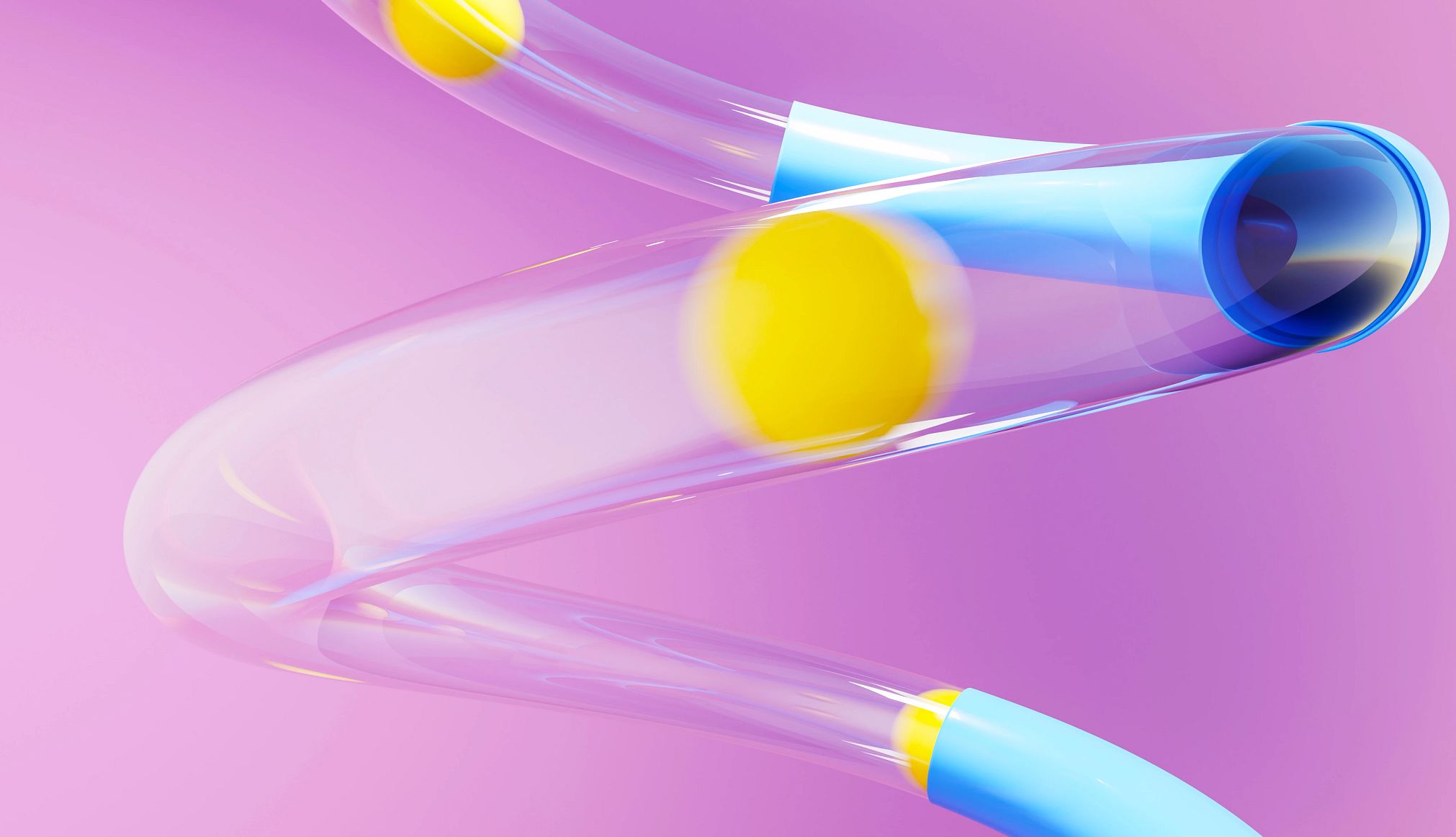
About one in 10 people will develop a kidney stone at some point in their lives — and the likelihood increases with age .
Most stones pass on their own — some without causing any symptoms. But sometimes, kidney stones can be excruciatingly painful and can even lead to complications such as injury and infection.
Here’s what you need to know about kidney stones as you age.
What is a kidney stone?
A kidney stone is a small crystal that forms from minerals, salts and acids in your kidneys. Smaller stones can pass through without causing any symptoms. Larger stones can be extremely painful because they trap urine in your body and may warrant urgent medical care.
Although kidney stones can occur at any age, Dr. Jared S. Winoker, director of endourology and the Center for Kidney Stone Disease at Lenox Hill Hospital in New York City, says he sees more cases in older individuals. One explanation: Kidney stones are connected to ailments that can become more common with age, such as metabolic syndrome, obesity and poor diet. Though kidney stones are more common in men than women, the “gap is narrowing,” Winoker says.
There are different kinds of kidney stones. The most common type is calcium-based and can occur from consuming high-oxalate or low-calcium foods and failing to stay hydrated. Another type — uric acid stones — can be caused by consuming animal proteins high in purines, whereas struvite stones can result from bacterial infections. Cystine stones occur due to a genetic condition.
Kidney stones generally don’t pass quickly and may cause long-lasting discomfort or pain. It can take up to three weeks for some stones to make their way from your kidney down your ureter, which allows urine to flow from your kidney to your bladder, according to the Cleveland Clinic.
Warning signs of kidney stones
The following are warning signs that you may have a kidney stone:
1. Pain in your lower back, also called flank pain, is the most commonly reported sign of kidney stones, Winoker says. This pain occurs just under your rib, says Dr. Ryan L. Steinberg, a clinical associate professor of urology at the University of Iowa’s Carver College of Medicine. The pain generally moves from the upper part of your midsection (loin) down to your groin (from torso to thigh). Men may experience pain in their testicles, Winoker notes. “Sometimes people will say it’s the worst pain they’ve ever had in their life,” Winoker says. The pain, which can be dull or very sharp, doesn’t stop if you move, he adds.
2. Nausea and vomiting can be a result of the intense pain, Winoker says.
3. Blood in your urine can be a “herald symptom” of a passing kidney stone, Winoker notes.
4. Unexplained fever or chills can be a sign that you have a stone passing through your body.































































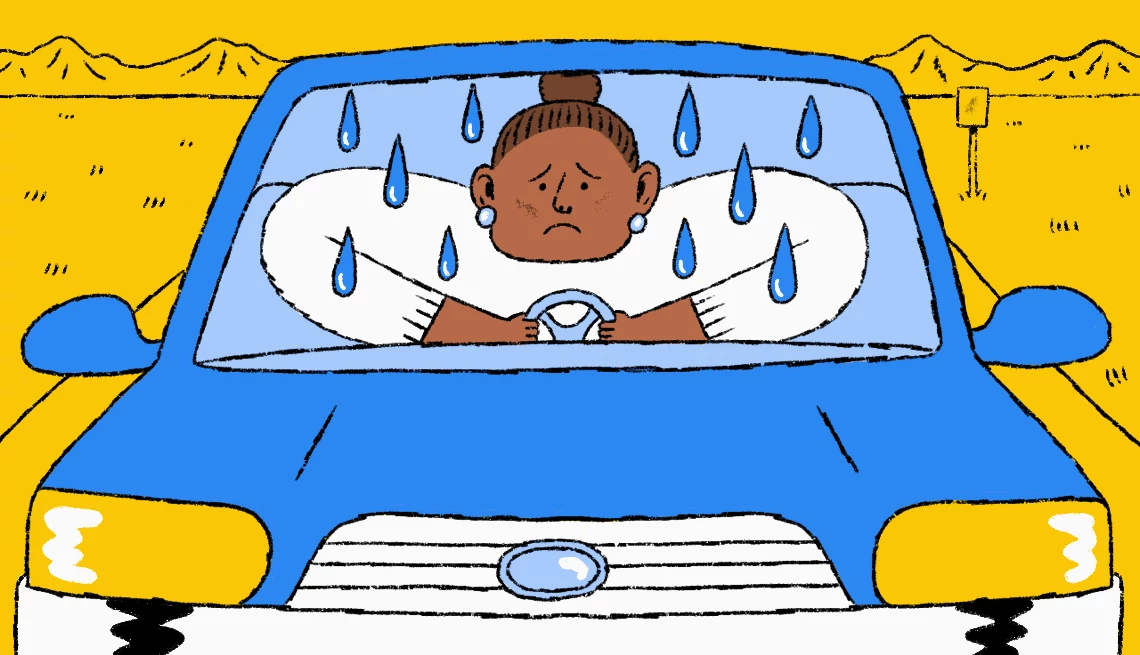
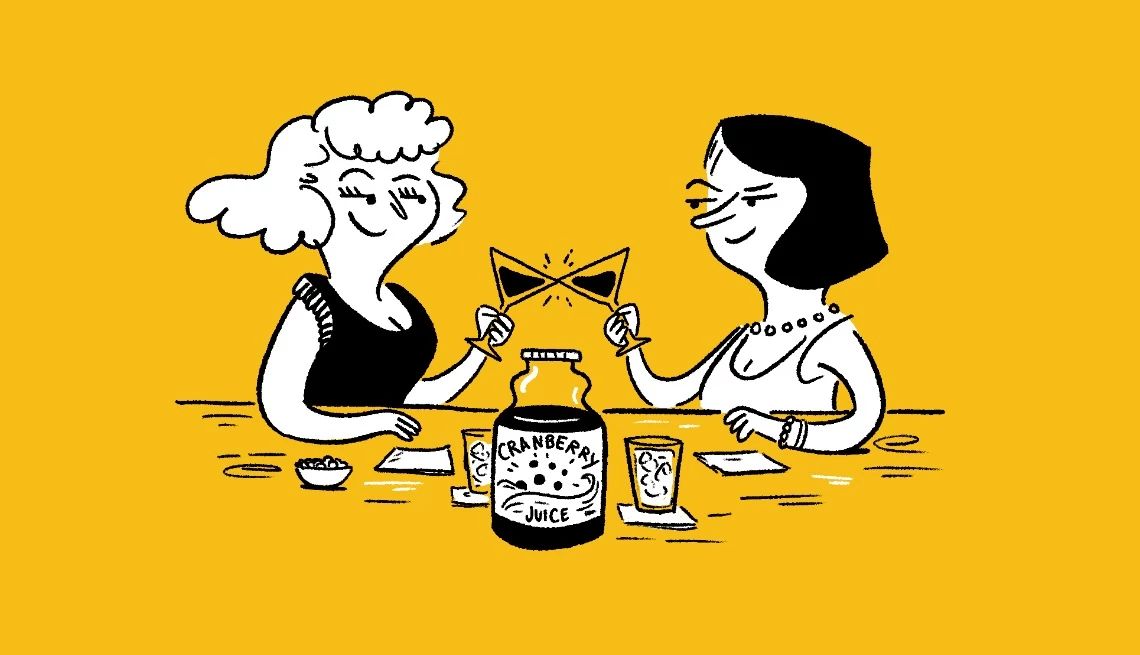
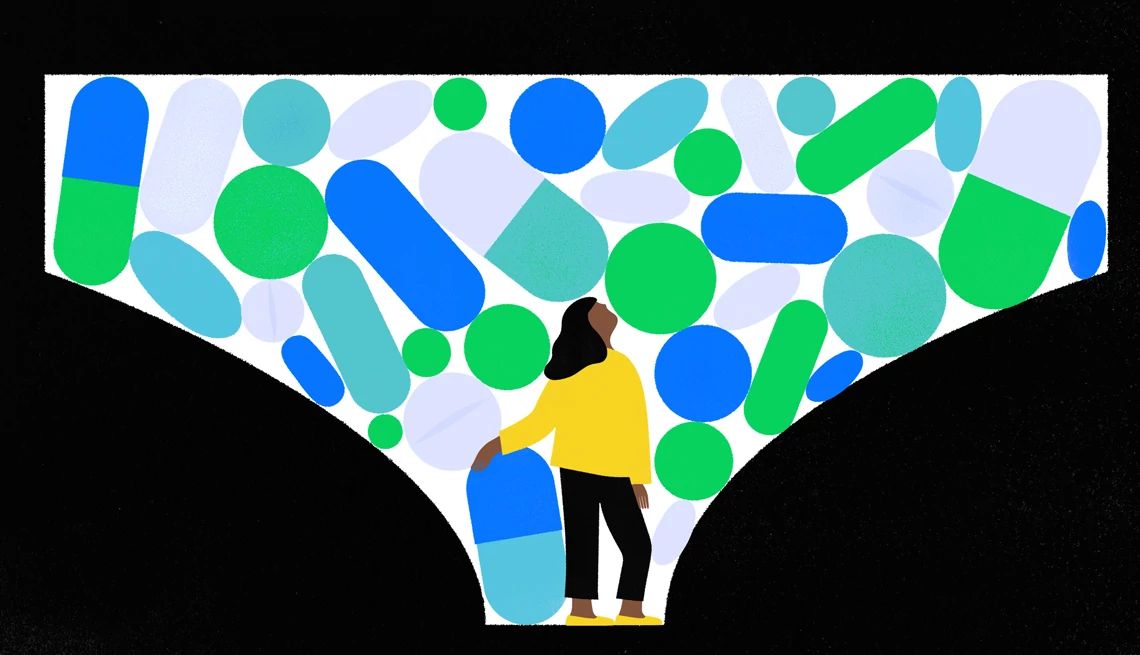
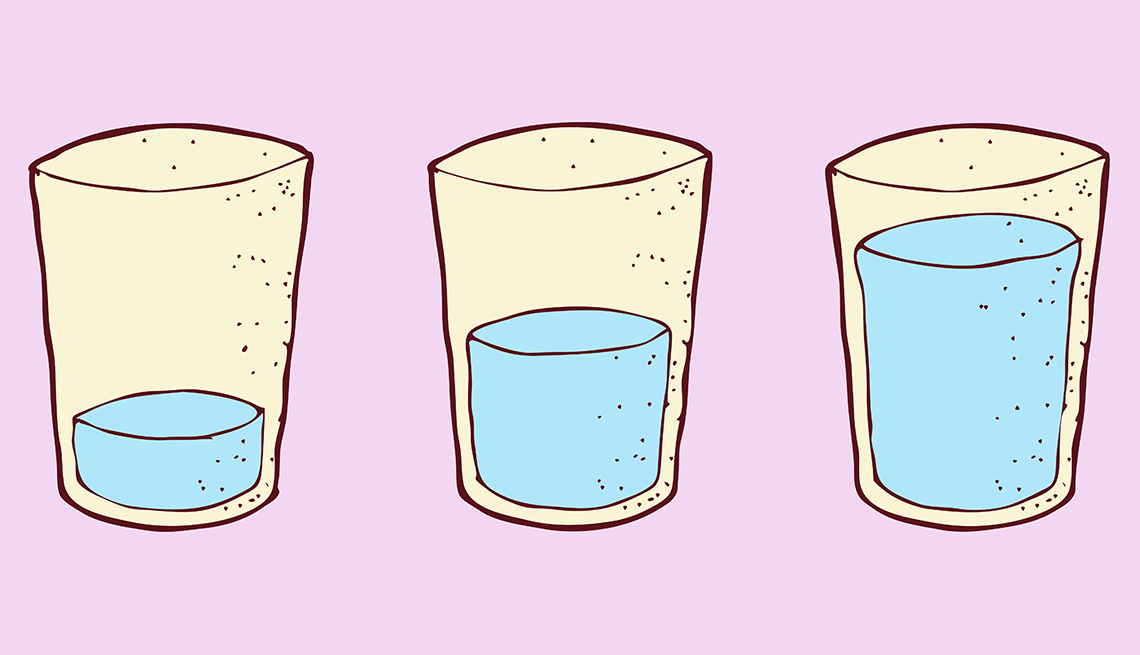
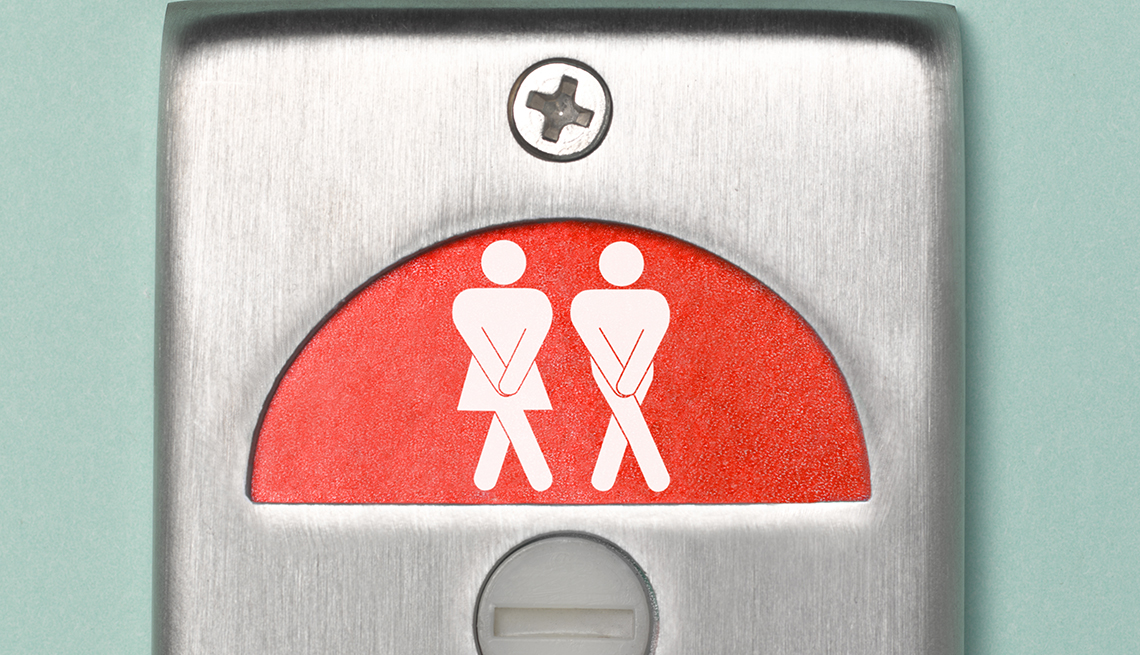
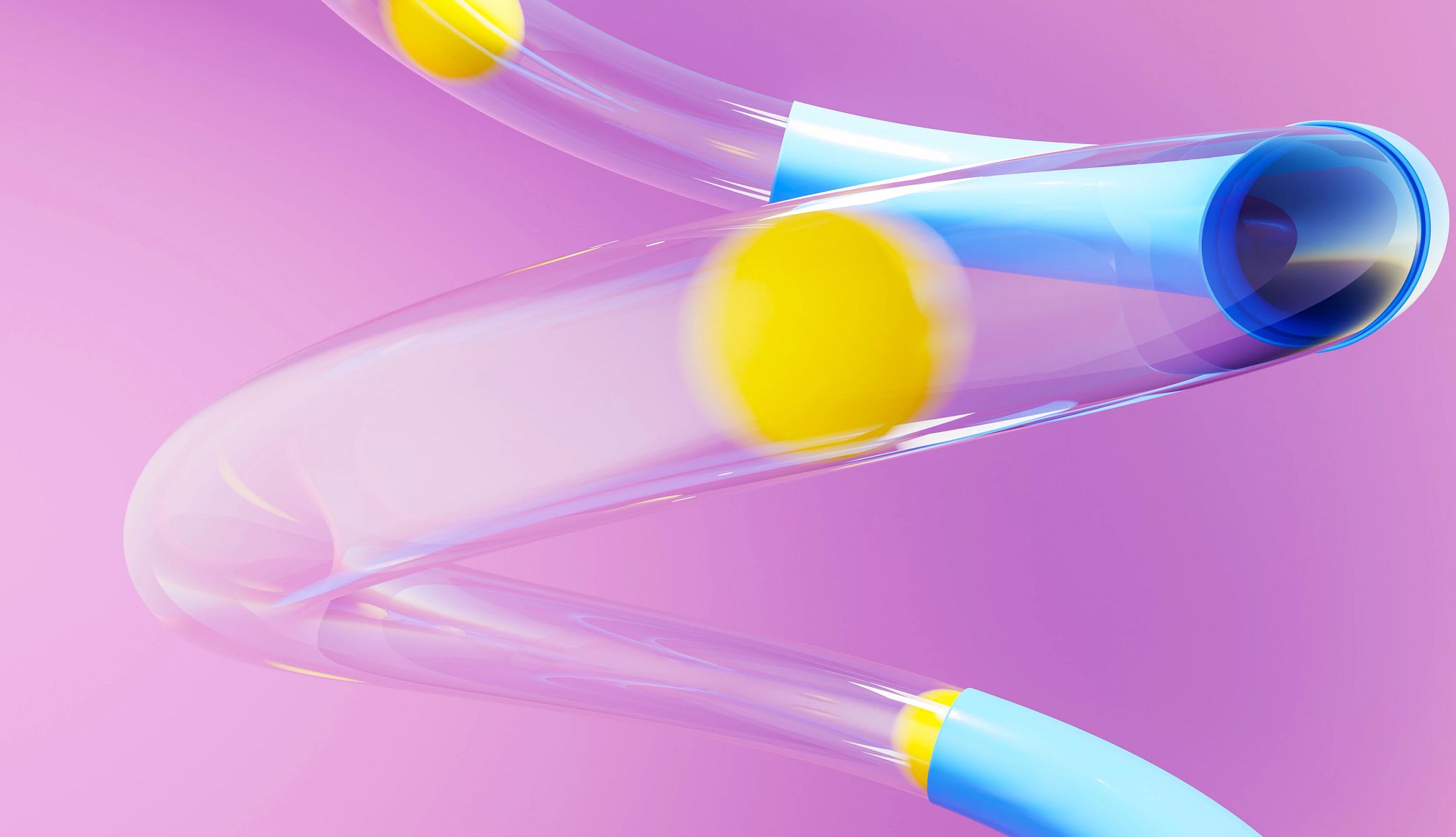
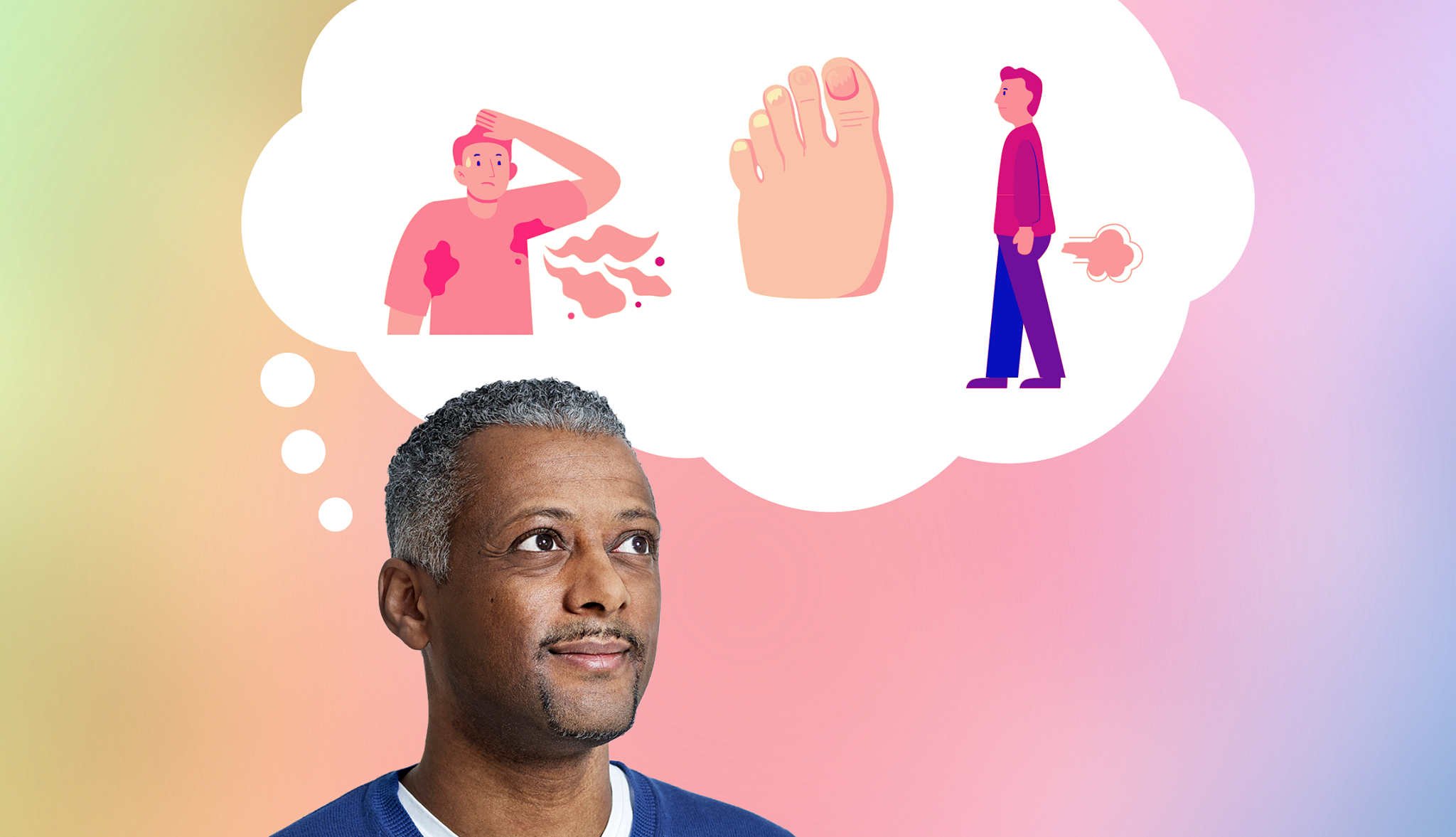





More From AARP
7 Sneaky Signs of a UTI After 50
Know the symptoms of an infection
Is it an STI — Or Something Else?
STIs in mature adults can mimic other conditionsTips to Manage Frequent Urination
Physician has advice to help with frequent urination